
Turnstone Guitars: Crafting Acoustic Beauty with Sussex Soul
Story
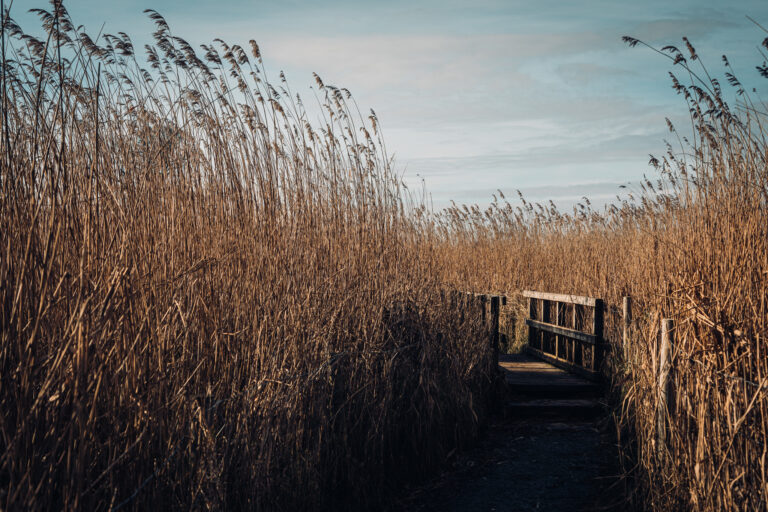
‘Men gather in darkness on the edge of the drowned marshes. Watching, waiting. For it is believed that, on the Eve of St Mark, the ghosts of those destined to die will walk into the church at the turning of the hour. It‘s a custom that has long since died away in most parts of Sussex, but not here. Not here, when the saltwater estuary leads out to the sea. Not here, where secrets are kept. Here, the old superstitions still hold sway.’
Although I’m particularly known for my historical fiction inspired by Carcassonne and Languedoc, I had always wanted to put the landscape of my childhood on the page – and now the stage. A story of revenge and tragedy set in 1912, which asks the question of what a woman should do if those who should protect her are the very men she should fear, I published The Taxidermist’s Daughter as a novel in 2014. Now, I’ve adapted it for the stage at Chichester Festival Theatre, my home town. It’s an honour to be opening the 60th Anniversary Season at CFT and working with the wonderful director Róisin McBrinn and designer Paul Wills.

© Portrait of Kate Mosse, by Ruth Crafer
On the surface, The Taxidermist’s Daughter seems quite a departure from my previous novels – The Languedoc Trilogy (Labyrinth, Sepulchre and Citadel) which were love letters to Carcassonne and south west France and The Burning Chambers and The City of Tears, which are set in Toulouse, Paris and Amsterdam. But, in fact, all my fiction shares the same spirit. The great American writer Willa Cather once wrote: ‘Let your fiction grow out of the land beneath your feet’ and that’s where all my stories begin. The idea for characters, for a plot, the texture of the story all are inspired by the landscape. On the Marshes, I feel I am walking in the footsteps of the past and, writing The Taxidermist’s Daughter, I realised I’d just been waiting for the right story to be set within this incredible landscape: the story of two women, an old decaying taxidermy museum, a treacherous storm and a decade-old secret that is casting a shadow over the present.
I was brought up in Fishbourne in the 1960s and 70s, a village famous for its Roman Palace just outside of Chichester. I was a very bookish child, more boisterous on the page than in real life, but I pictured myself as one of The Famous Five, out having adventures on the Marshes. Leaving my house, walking down Mill Lane to the duck pond, across the three wooden bridges over the Creek, and then out into the wide landscape of the estuary itself. Oak trees and sycamore, hawthorn and blackthorn, a sea of reed mace. From there, along the old sea wall where the sluice gates used to be and, at low tide, attempting the muddy path that crosses the centre of the Creek. As the tide comes in, the path vanishes, so there are only a couple of times each day that you can get safely across without losing your wellington boots.
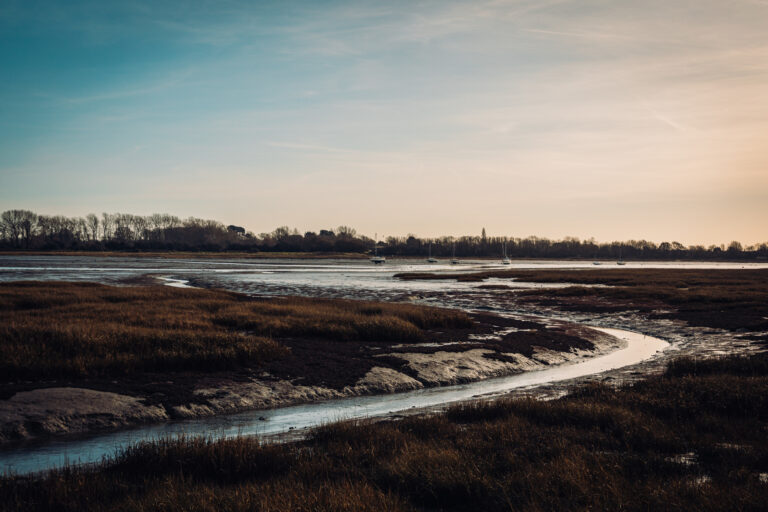
© Landscapes of Chichester, by Tim Hills
The Taxidermist’s Daughter is a Gothic mystery. My lead character, Connie Gifford, lives with her father in 1912 in a very isolated house on the edge of the Fishbourne Marshes. The real museum that inspired the one in The Taxidermist’s Daughter will be known to most Sussex people. Walter Potter’s Museum of Curiosities was originally in Bramber, north of Brighton. Potter was a self-taught Victorian taxidermist, a Sussex man who, over time, built up his Museum of Curiosities to be one of the most popular tourist attractions in the south of England. In the 1970s it moved to Arundel, which is where I used to visit with my sisters and school trips, and then later to Jamaica Inn in Cornwall. Tragically, the collection was put up for sale and the pieces scattered. He created extraordinary tableaux based on nursery rhymes – ‘The Kitten’s Wedding’, ‘The Rat’s Drinking Den’ and ‘The Death and Burial of Cock Robin’, which contained nearly 100 British birds and told the whole story of the folksong. The song itself is at the heart of my stage adaptation … a haunting, traditional village song that reflects the mystery at the heart of the play.
Taxidermy was incredibly popular in Victorian England – born out of curiosity and a desire to preserve animals – but by the time of The Taxidermist’s Daughter in 1912, taxidermy was beginning to go out of fashion and being seen as a cruel and unnecessary. When researching the novel, I took a taxidermy course – it was the most challenging piece of research I’ve ever done, but it was essential to capture a sense of the craft and the skill. Connie does the taxidermy on behalf of her father, a ruined man who has taken refuge in the bottle. Women weren’t allowed to be taxidermists and this, of course, is just another thing that keeps her isolated and separate from village life, essential for a Gothic thriller!
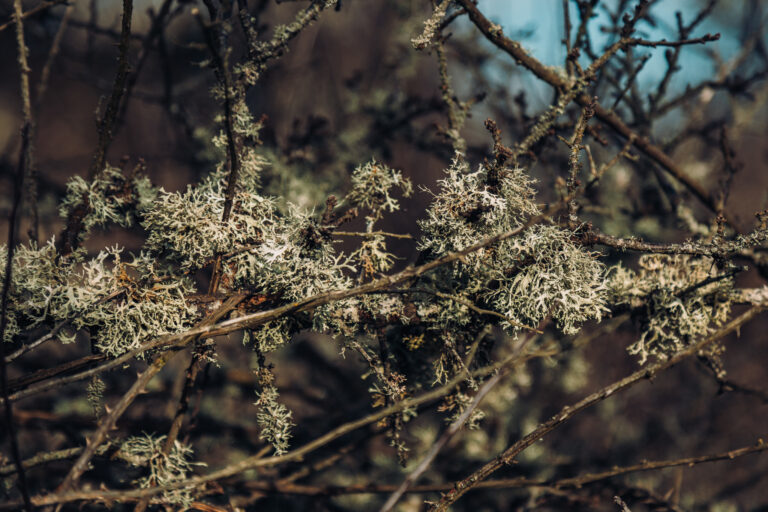
© Lichen and blackthorn Fishbourne Marshes, Photo by Tim Hills
We are having great fun trying to work out how to bring the sense of the Marshes and the violent weather into the theatre. We need to flood the stage and the Marshes, we need flocks of birds, we need a ‘dark and stormy night’. The landscape of the play is beautiful, but potentially deadly – If Connie misses her footing on the path at night, the deep, dark tidal mud will swallow her up. It’s set during the wettest spring on record, when the rain never stops and the tide is rising higher and higher. Even in England, nature can sometimes bite back.
The world premiere of The Taxidermist’s Daughter runs at Chichester Festival Theatre from 8 – 30 April: book tickets at cft.org.uk

Story
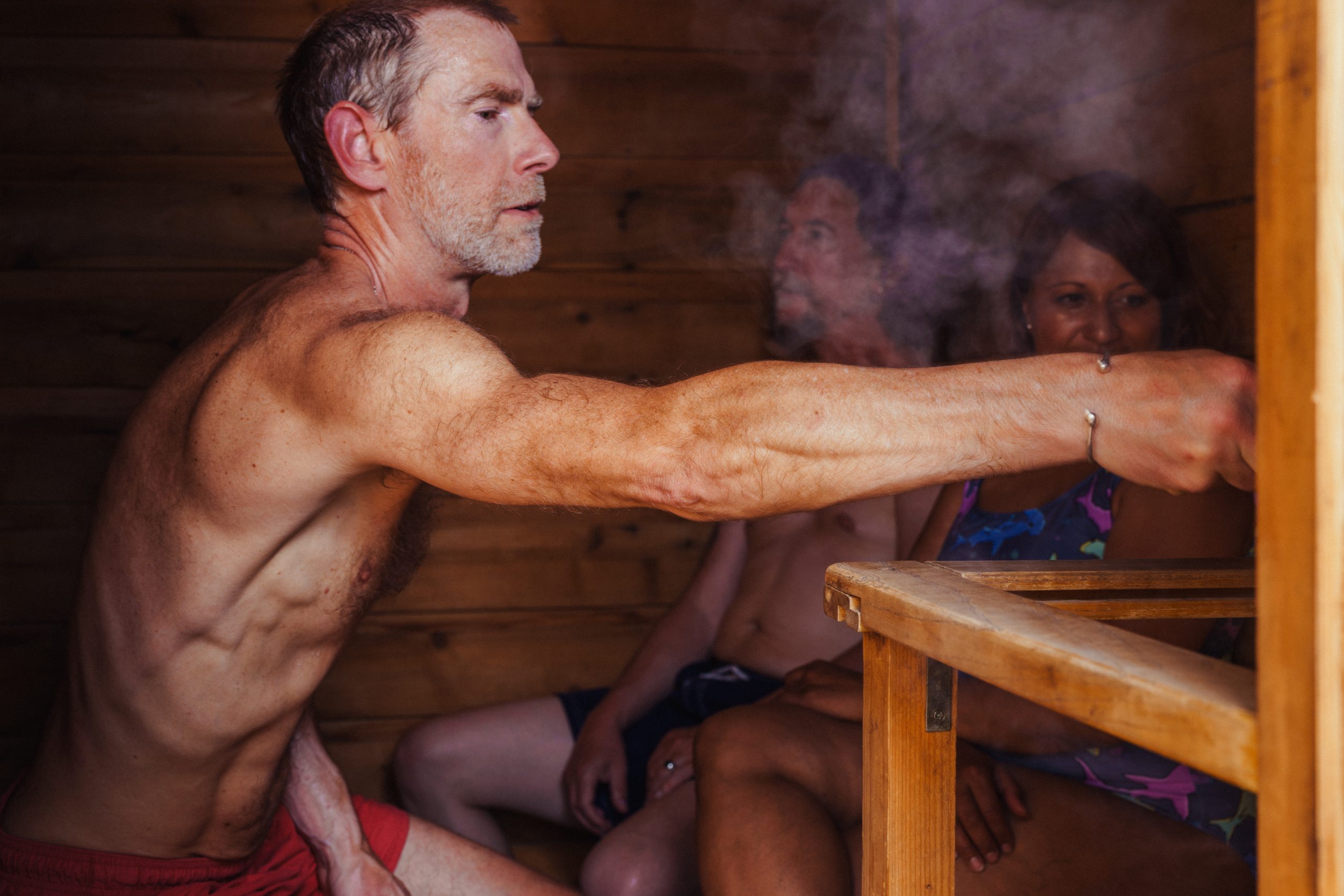
Story | Landscape
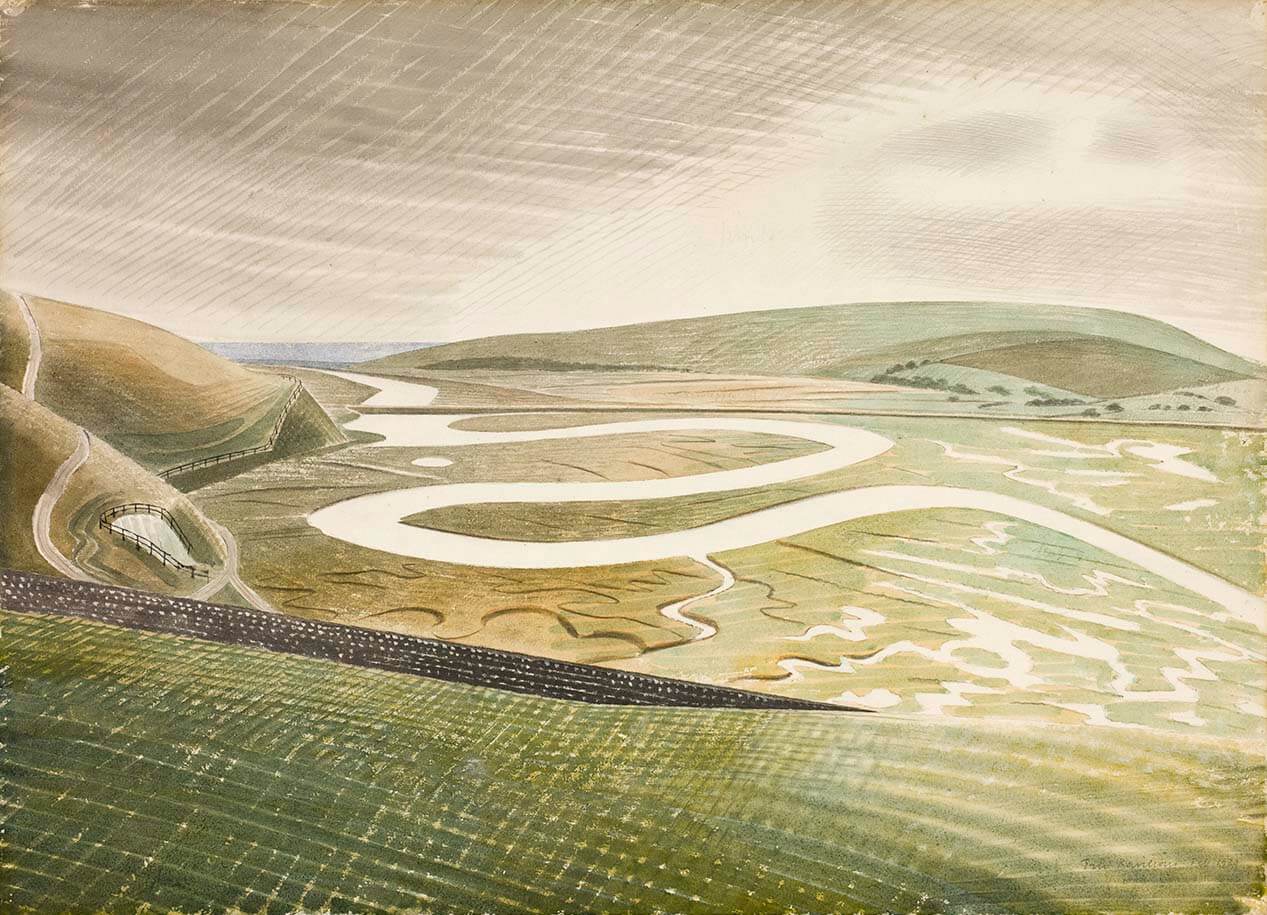
Art

Events | Art
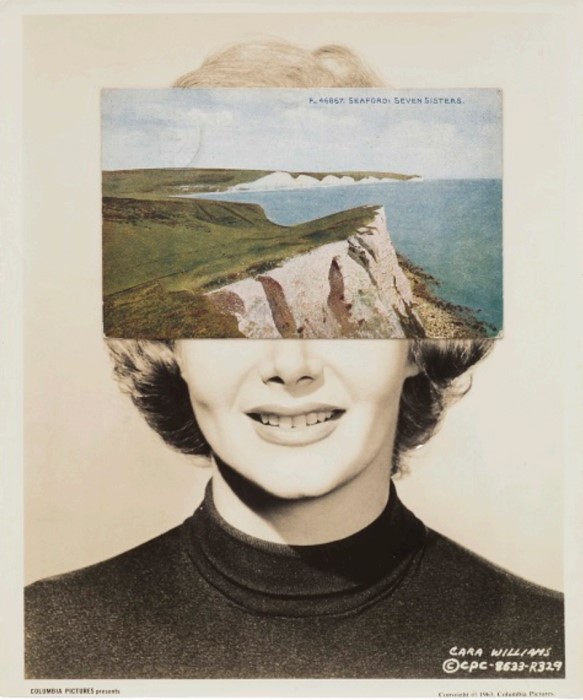
Art
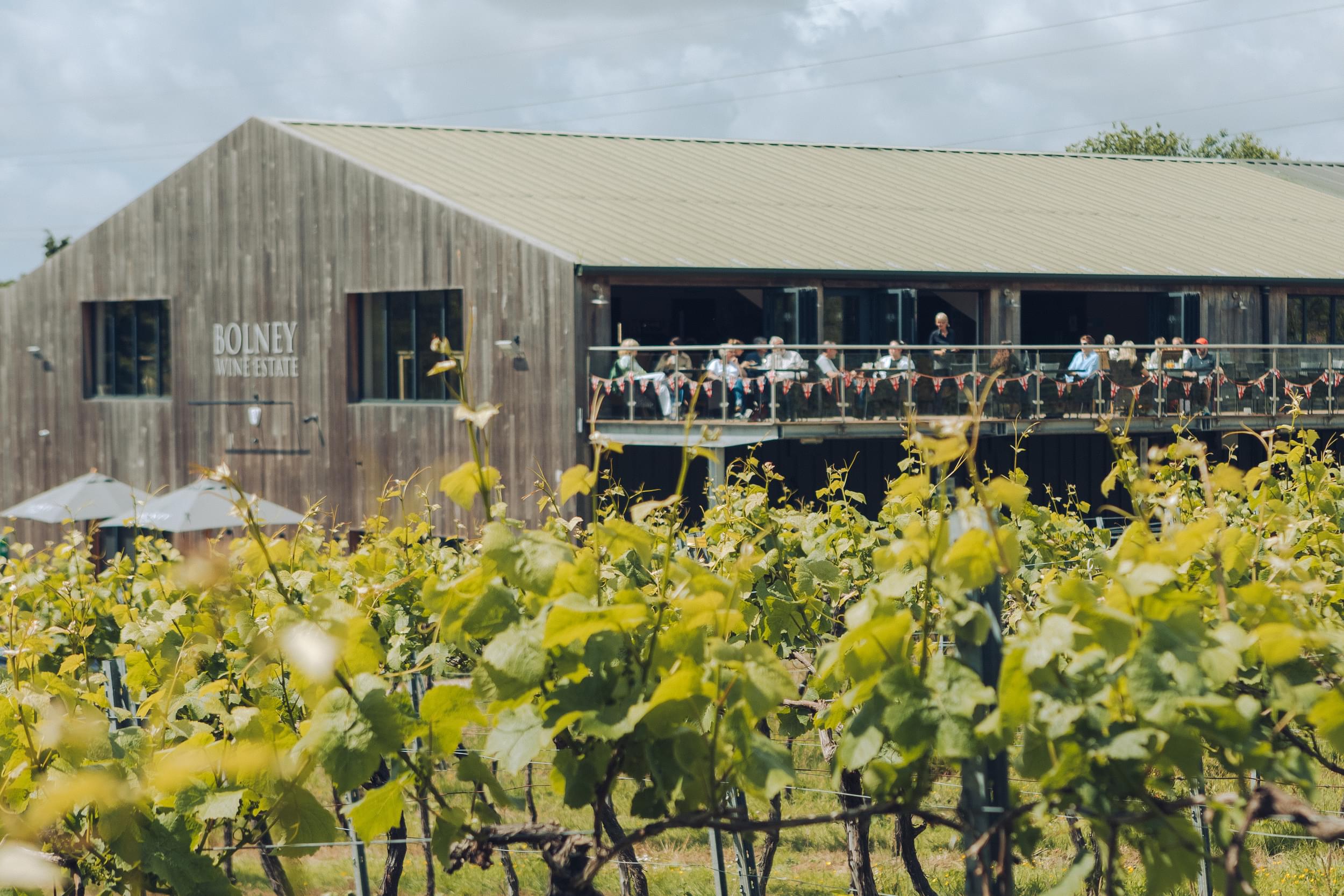
Wine
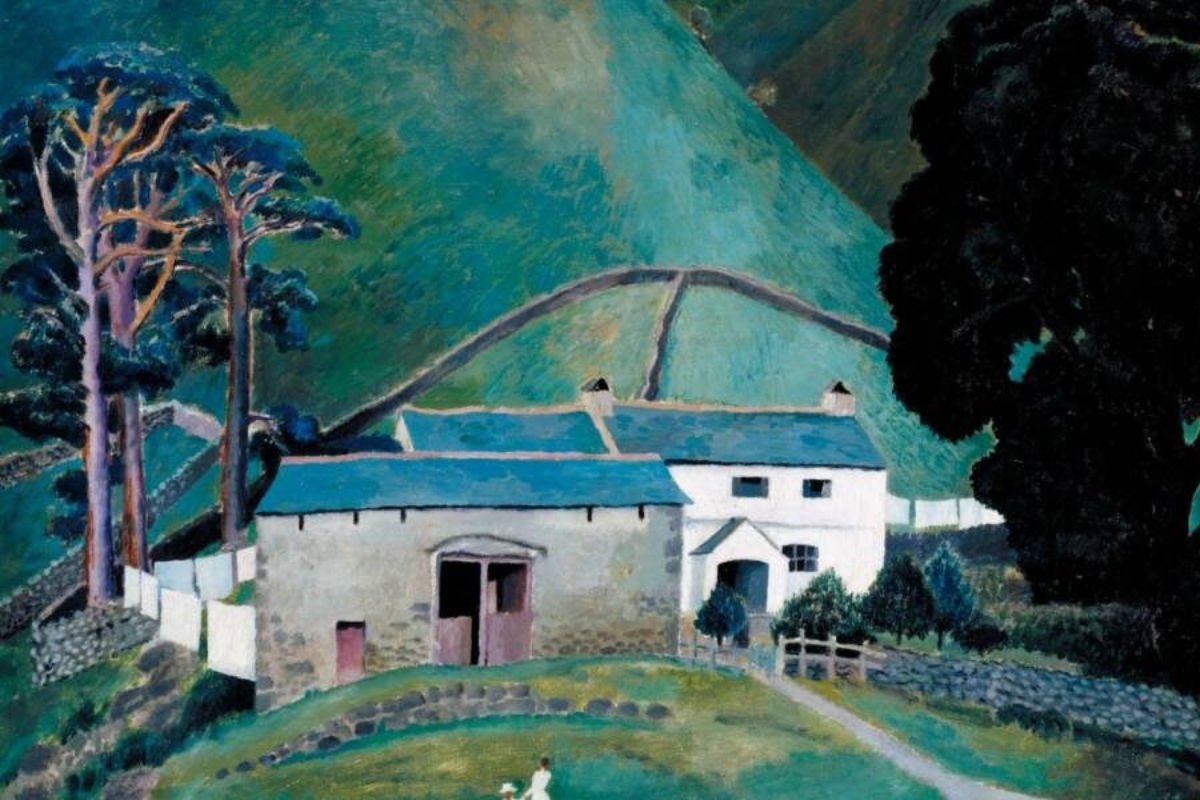
Art
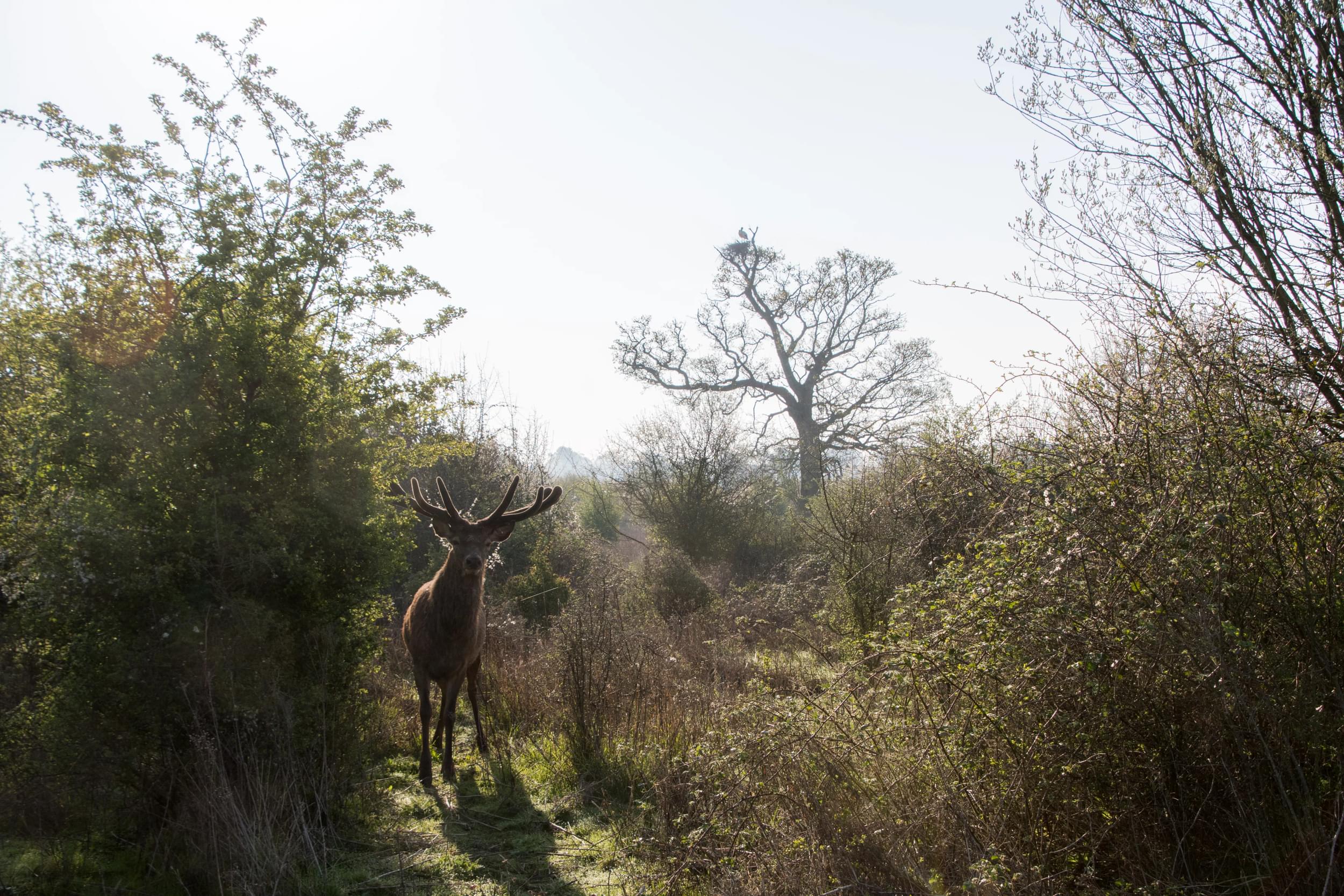
Landscape

Wine